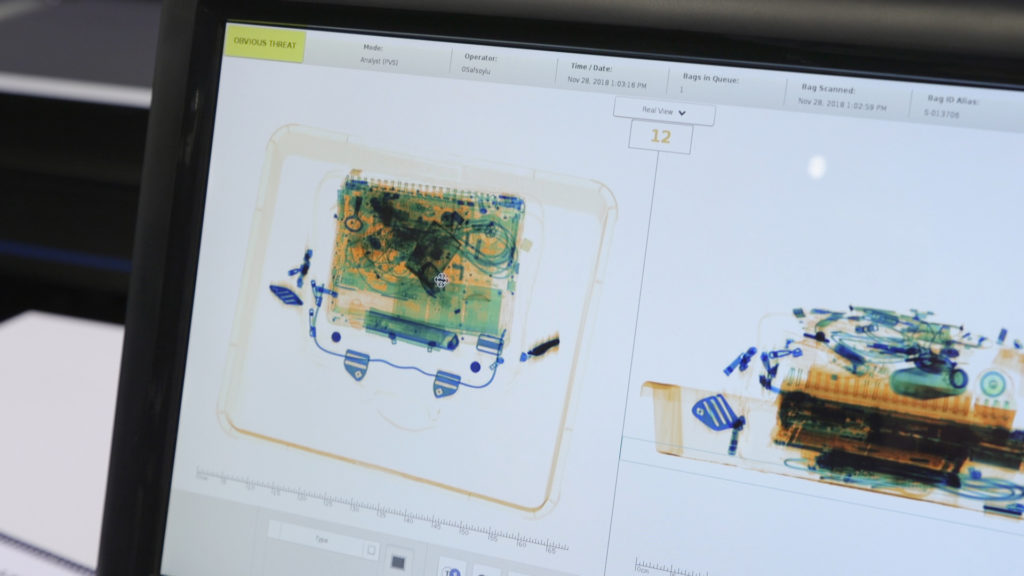Melbourne Airport, in partnership with Smiths Detection, has gone ‘live’ with the latest checkpoint screening technology featuring computed tomography (CT) x-ray in Terminal 4. The technology allows laptops and liquids to remain in bags and has been a huge success with travelers since Melbourne Airport first ran a trial in 2018, according to the airport.
Melbourne is the first major airport in Australia to adopt and deploy the latest CT screening systems at its checkpoints. The domestic terminal currently features four new security lanes made up of carry-on baggage scanners HI-SCAN 6040 CTiX, automated tray return system iLane.evo, and screening management platform Checkpoint.Evoplus, all designed to improve speed and security of the checkpoint screening process. Two additional units in T4 and another seven in T2 are expected to be completed over the next two months.
“Our pilot program with Smiths Detection was a huge success with passengers, giving us the confidence to enhance our security screening operations using CT technology-based systems that are compliant with the Australian government regulations,” said Melbourne Airport chief of aviation, Andrew Gardiner. “We’ve partnered with Smiths Detection for over 10 years and we look forward to our continued partnership in shaping a better overall experience for our passengers.”
Scott Dullard, head of security and emergency, aviation, for Melbourne Airport, added, “The introduction of CT technology at screening checkpoints is a great example of technology enabling two strategic focus areas for Melbourne Airport: security outcomes and passenger experience. The new technology allows analysis of 3D images, improving security outcomes by providing security staff with greater detail, and functionality to conduct their assessments. The solution also benefits passengers, as CT allows everything to stay in your bag, including laptops, resulting in a quicker screening process. Overall, we are seeing a 50% reduction in passenger journey time, down to a little more than a minute.”

